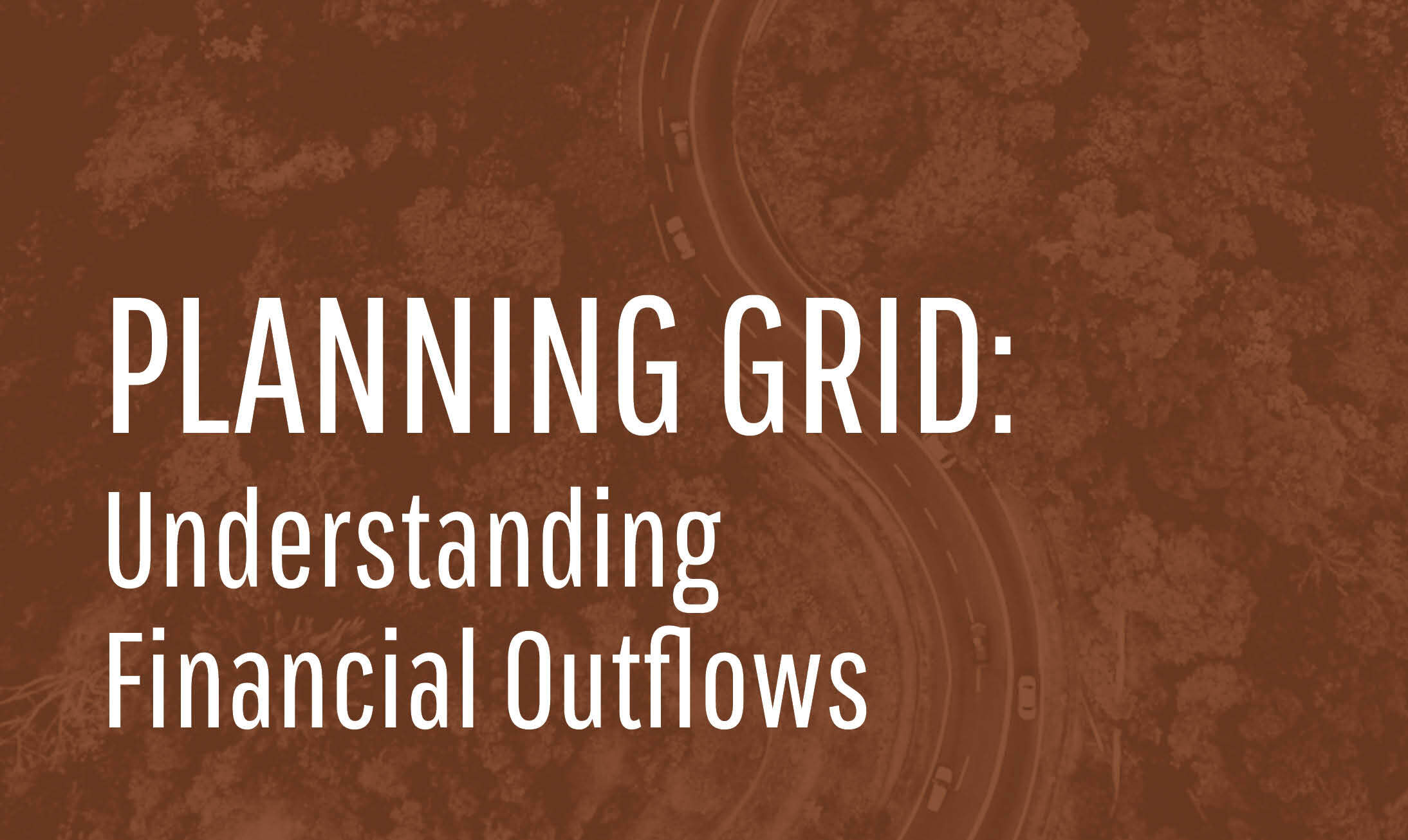In our last post, we covered the different types of income and how they affect your cash flow. In this post, we're going to tackle something just as important: how you allocate that income. At first glance, financial management can seem complex, but when you break it down, there are only five ways to allocate your income. That’s right—just five! Once you understand these five options, it becomes much easier to plan your finances effectively.At Haddam Road Advisors, we use a Planning Grid to break down complex financial situations into simpler parts, using four key measures and two primary metrics to understand your financial picture. Let’s dive into the five ways you can allocate your income.
1. Pay Taxes
No one likes paying taxes, but it’s a part of life we can’t avoid. Understanding when, how, and why you pay taxes is critical to managing your finances. There are several questions to consider:
- When are taxes due?
- How are they taxed?
- What’s your effective tax rate vs. your tax bracket?
Your effective tax rate is often lower than your tax bracket, and understanding this distinction is key to minimizing your tax burden. The better you plan, the more effectively you can manage how much of your income goes to taxes.
2. Fund Your Current Lifestyle
The second way you allocate your income is to fund your current lifestyle. This includes:
- Rent or mortgage payments
- Groceries
- Utilities
- Entertainment
This is the money you need after taxes to maintain your standard of living. The question to ask here is, what’s the true cost of living your life after taxes? It’s essential to calculate this, as it will help you understand how much income you need to fund your day-to-day life comfortably.
3. Save and Invest After-Tax Money
Once your living expenses are covered, and taxes are paid, the next option is to save and invest any surplus income. This is income you’ve already paid taxes on, and now you can use it to build wealth. You can put this money into:
- Savings accounts
- Brokerage accounts
- Investments in stocks, bonds, or mutual funds
This is how you plan for your future lifestyle—allowing your money to grow through compounding interest and investment returns. However, remember that investing always involves risk, and part of financial planning is understanding the balance between risk and reward.
4. Save and Invest Pre-Tax Money
There’s a second category of savings and investment: pre-tax money. This is money you set aside before paying taxes and includes:
- Traditional 401(k)s
- IRAs
- SEP (Self-Employed Pensions)
- Other retirement vehicles
One of the best examples of pre-tax savings is a Health Savings Account (HSA), where contributions are made pre-tax and can be used tax-free for qualified medical expenses. This is the only tax-free benefit of its kind.
When you invest pre-tax money, you're building for the future with the benefit of deferring taxes. However, it’s important to remember that most of these accounts will eventually require Required Minimum Distributions (RMDs), which can affect your cash flow in retirement.
5. Pay Down Debt
The last way to allocate income is to pay down debt. Debt is an obligation against your future income, and reducing it increases your net worth while decreasing the burden on your cash flow over time. By paying down debt, you lower your interest payments and free up more of your income for other uses.
The key question to ask here is, how much does it cost to pay down the debt now, and is it worth the financial benefit? Paying down high-interest debt like credit card balances should generally be a priority.
Simplifying the Rules of Income Allocation
These five rules are the core of personal finance, and the better you understand them, the easier it will be to make decisions about your money. Every financial decision boils down to one or more of these options:
- Pay taxes: When, how much, and why?
- Fund your lifestyle: What’s the real after-tax cost of living your life?
- Save and invest after-tax: How much should you invest for future income?
- Save and invest pre-tax: How can you best use tax-deferred savings to build wealth?
- Pay down debt: How does reducing debt increase your long-term financial health?
The Bigger Picture: Planning for the Future
By simplifying your financial decisions into these five categories, you can build them back up into a comprehensive plan. The Planning Grid that we use at Haddam Road Advisors helps us incorporate these elements into a detailed financial strategy, breaking down complex issues into actionable steps.
We’ve summarized around 70 different financial issues that you might encounter over your lifetime in our Standard of Care. We encourage you download our white paper to get a broader perspective on your financial journey.
Conclusion
Managing your income is simpler than it seems when you understand the rules. By focusing on these five basic ways to allocate your money, you can make smarter financial decisions that improve both your current lifestyle and your long-term financial health.
We look forward to continuing this journey with you! if you would like to learn more about Haddam Road Advisors and how we can help you achieve your financial goals, please schedule a call below.
- April 2025 (4)
- March 2025 (2)
- February 2025 (1)
- January 2025 (8)
- December 2024 (1)
- November 2024 (8)
- October 2024 (6)
- September 2024 (1)
- December 2023 (1)
- November 2023 (1)
- October 2023 (1)
- August 2023 (1)
- May 2022 (1)
- February 2022 (1)
- September 2020 (1)
- August 2020 (2)
- June 2020 (1)
- February 2020 (1)
- January 2020 (1)
- December 2019 (4)
- November 2019 (2)
- October 2019 (1)
Subscribe by email
You May Also Like
These Related Insights

Planning Grid: What You Own and Its Role in Financial Planning

Planning Grid: What You Own and Its Role in Financial Planning


